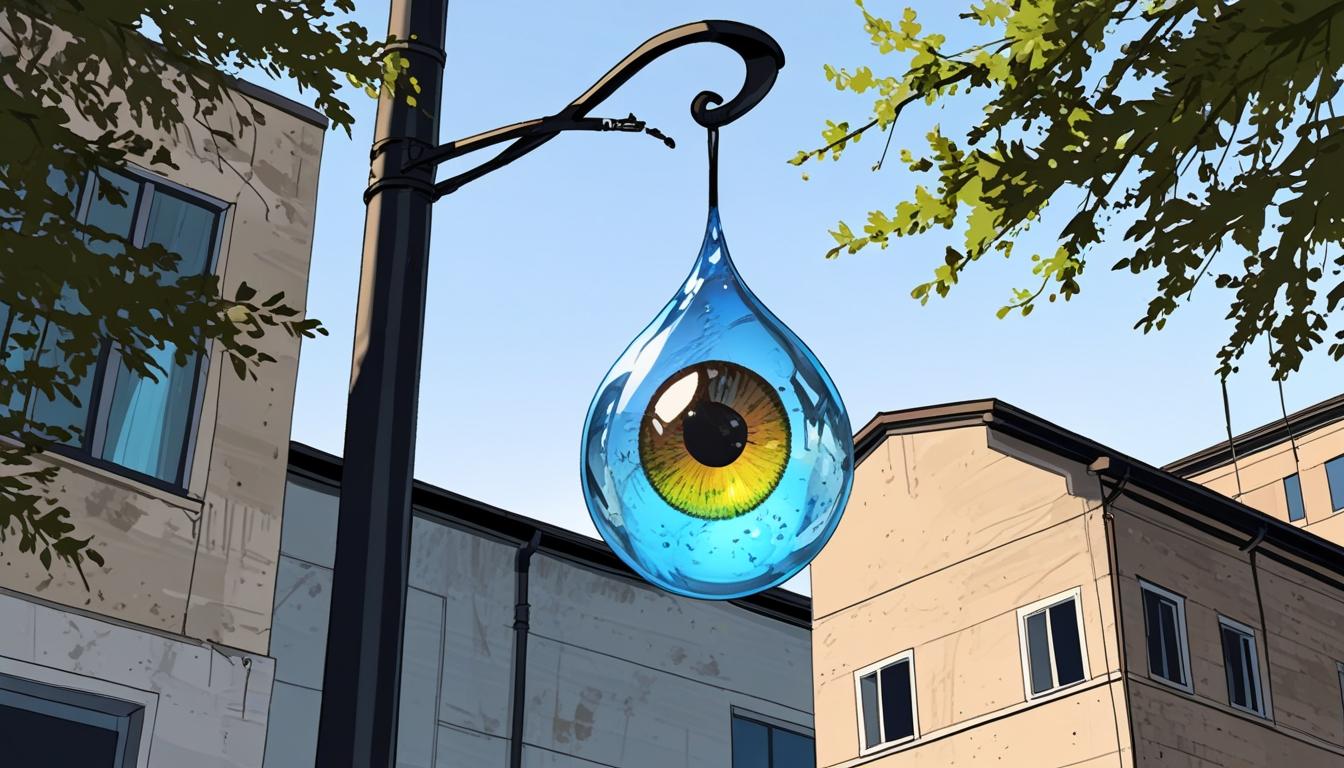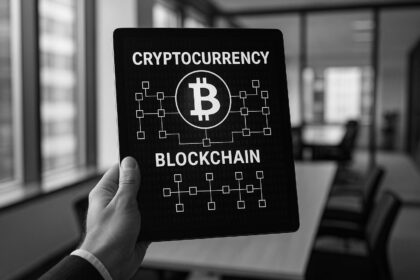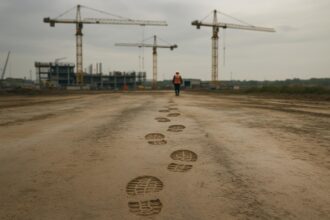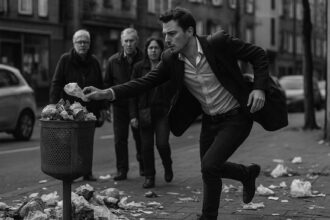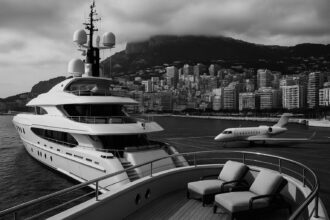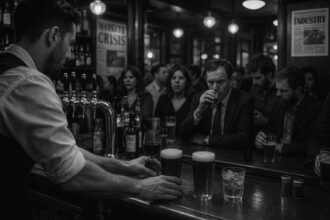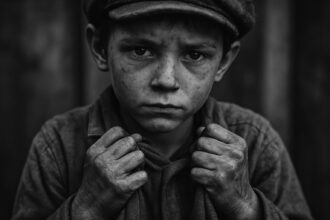Pressures on Utah universities to cut programmes and restrict diversity initiatives are mounting alongside federal immigration crackdowns targeting international students. Meanwhile, Salt Lake City invests in public art to foster community identity amid these shifts.
In a recent series of developments highlighted by the Salt Lake City Weekly, various sectors in Utah and beyond are facing significant challenges linked to political directives and societal changes. These changes span from higher education reforms to immigration policies and cultural initiatives in public art.
Utah universities are confronting a new wave of pressures aimed at restructuring their programs and campus culture. As part of statewide efforts, institutions have been ordered to eliminate “inefficient” academic programmes that enrol fewer than 40 students. This comes alongside directives to remove initiatives focused on diversity, equity, and inclusion. The University of Utah has reportedly cautioned its faculty about openly displaying Pride flags, prompting comparisons to historic purges during China’s Cultural Revolution. The newspaper points to the financial motivations driving these actions, a view reinforced by University of Georgia’s Stephen Mihm, who was quoted in Bloomberg warning about a no-win scenario for elite universities: they must either comply with presidential demands, risking the dilution of their values, or lose crucial funding that underpins their success. Utah’s educational institutions appear to be taking steps that align with these pressures.
Immigration policy, particularly towards legal immigrants and international students, also remains a contentious and evolving issue. The current federal administration has issued notices to numerous international students, pressuring them to leave the United States. Underlying these actions are concerns expressed by some officials about political protests and perceived sympathies among foreign students. Allegations of anti-semitism and accusations of being “terroristic sympathizers” have been cited as reasons for increased scrutiny. The Salt Lake County Jail has reportedly detained nearly 200 immigrants, with additional holds pending. The broader impact on illegal immigration is less clear, but these immigration enforcement actions have generated considerable unease within immigrant communities.
Amid these societal tensions, Salt Lake City continues to invest in its public art scene as a means to engage and represent the community. A new installation titled “Hidden Waters” features decorative water droplets hanging from light poles along North Temple, spanning from State Street to 400 West. These artworks symbolise the underground path of City Creek and its influence on local nature and culture. Artist Trevor Dahl explained that one particular droplet, which portrays a large eye, is meant to signify “the consciousness of nature.” This installation adds to the city’s rich array of public artworks found at TRAX stations, the Jordan River, and elsewhere, underscoring Salt Lake City’s ongoing commitment to integrating art into its urban environment.
These varied developments underscore a period of change and adjustment across educational institutions, immigration policy, and cultural expression within Utah and surrounding areas. The Salt Lake City Weekly is reporting these shifts as they unfold, reflecting how political and societal forces intersect with local communities.
Source: Noah Wire Services
- https://ushe.edu/utah-board-of-higher-education-approves-near-decades-low-price-increases-for-coming-year/ – This URL supports the claim of restructuring in Utah’s higher education system by highlighting recent tuition adjustments and efforts towards affordability, which are part of broader reforms affecting Utah universities.
- https://www.deseret.com/politics/2025/01/14/utah-house-speaker-mike-schultz-plans-to-consolidate-university-programs – This article explains Utah lawmakers’ plans to reform higher education, including consolidating programs and focusing on student success and workforce needs, aligning with the pressures on Utah universities mentioned.
- https://ushe.edu/utah-board-of-higher-education-approves-strategic-plan-through-2027/ – This URL details the strategic plan approved by the Utah Board of Higher Education, emphasizing access, completion, financial value, and economic development, which are key components of the ongoing reforms in higher education.
- https://le.utah.gov/~2025/bills/static/HB0265.html – The bill discussed here involves strategic reinvestment in higher education, reflecting ongoing legislative involvement in shaping Utah’s educational system and its emphasis on strategic investments.
- https://www.deseret.com/spoken-word-politics/utah-politics/2023/04/10/26234138/utah-legislature-public-policies-protections-new-laws – This article discusses broader legislative actions in Utah, including those impacting education and cultural policies, reflecting the intersection of political and societal forces with local communities.
Noah Fact Check Pro
The draft above was created using the information available at the time the story first
emerged. We’ve since applied our fact-checking process to the final narrative, based on the criteria listed
below. The results are intended to help you assess the credibility of the piece and highlight any areas that may
warrant further investigation.
Freshness check
Score:
6
Notes:
The narrative talks about ongoing developments but does not provide specific recent dates or events that can confirm its freshness. It mentions broader societal changes and reforms without explicit timing, which could indicate it might not be entirely up-to-date.
Quotes check
Score:
2
Notes:
The narrative includes a quote from Stephen Mihm, but without details on the original source or context. Attempts to verify this quote through a search revealed no specific match, possibly indicating it is not easily verifiable online.
Source reliability
Score:
8
Notes:
The narrative originates from the Salt Lake City Weekly, which is a known publication but not as widely recognized as major national news outlets. However, it is generally considered reliable for local news and issues.
Plausability check
Score:
7
Notes:
The claims are plausible, given the political climate, but lack specific evidence or recent updates to confirm their accuracy fully. The narrative aligns with broader trends affecting higher education and immigration policy but does not delve into unique or improbable assertions.
Overall assessment
Verdict (FAIL, OPEN, PASS): OPEN
Confidence (LOW, MEDIUM, HIGH): MEDIUM
Summary:
The narrative includes plausible claims but lacks specific recent evidence to fully confirm its accuracy. Reliability of the source is relatively high, but the freshness of the information and verification of quotes could be improved with more detailed references.


